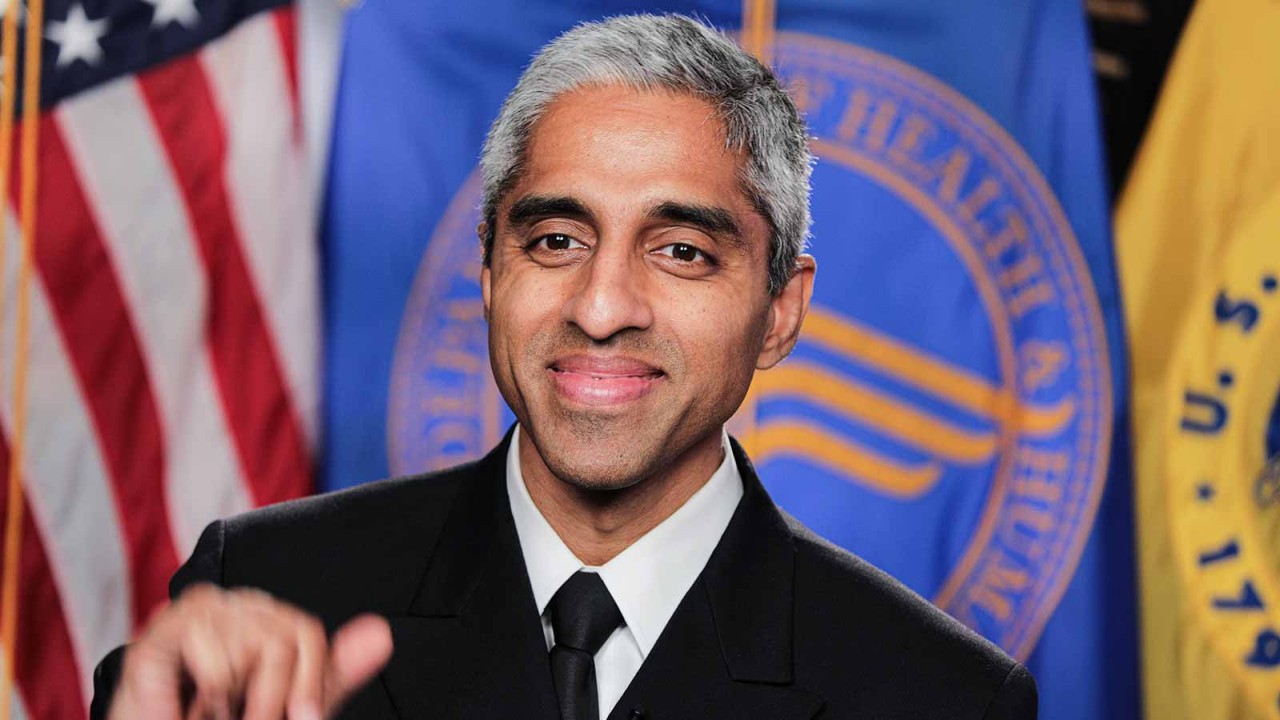
The mission of the US Surgeon General (USSG) is to provide cautionary guidance and information for maintaining sound health, and minimising the risks of illness and injury. Although an American official, the ‘nation’s doctor’ works with scientific findings that meet international standards, so some outside the US also take notice of what he says.
The latest incumbent, Vivek Murthy, recently issued the warning that toxic workplaces pose hazards to the health of workers. Accompanying the warning is a new 30-page report, The Surgeon General’s Framework for Workplace Mental Health and Well-Being, which explains the problem and offers ways to treat it.
84% said their workplace conditions had contributed to at least one mental health challenge
One of the lynchpins of Murthy’s framework report is the assertion that one’s professional life has a significant impact on one’s health. ‘Work affects both our physical and mental wellbeing – in good ways and bad,’ he says.
As a result, he adds, spending time in ‘toxic’ workplaces can have a significant negative health impact. Murthy defines toxic workplaces as those that are often abusive, disrespectful, unethical, cutthroat and non-inclusive.
Recent surveys cited in the report show some alarming findings in this regard. In one 2021 survey of US workers, 84% of respondents said their workplace conditions had contributed to at least one mental health challenge; 76% of respondents reported at least one symptom of a mental health condition.
Engines of wellbeing
Given these findings, the framework is designed to be a foundation that employers can build on to create and sustain workplaces that are ‘engines of wellbeing: showing workers that they matter, that their work matters, and they have the workplace resources and support necessary to flourish,’ the report states.
Behaviour that strikes some new employees as disrespectful can seem relatively harmless to managers
That said, for some managers, it can sometimes be difficult to realise that their workplace is turning toxic in the first place. This is especially true for those who have managed at the same employer for many years and developed a high tolerance for the ‘quirks’ of the office. Behaviour that strikes some new employees as disrespectful or non-inclusive can seem to these managers to be relatively harmless and simply part of normal office life in the real world.
Considering this, toxic warning signs that managers should look out for include a lack of transparency, harmful top-down communication, reduced contributions and staff silence, an uncomfortable office atmosphere and a work-life balance that is out of whack.
It’s important for managers to look for early signs such as these because costly ramifications of a toxic workplace may not occur right away.
A hostile work environment could even worsen to such a degree that it becomes legally actionable
For example, bad behaviour by managers may cause staffers to look for a new job, but it may take months for them to find a suitable new position. That delay may lull managers into thinking working conditions are acceptable until months down the road when several team members leave. A hostile work environment could even worsen to such a degree that it becomes legally actionable.
Detoxifying actions
The report offers several changes that can be made to help fix a toxic workplace, but one main principle underlies them all: managers should partner with employees to co-create a healthy work environment. In doing so, they should solicit the views of team members, improve communication, conduct honest exit interviews and always address the root causes of problems.
Don’t settle for surface-level quick fixes. For example, some leaders may argue that shifting to more remote work will remove or reduce toxicity in the workplace. But problems like bad communication, lack of transparency, gossip and burnout can all exist in remote work settings.
Priorities and resources
The USSG’s framework helpfully also lays out ‘five essentials’ for workplace wellbeing that leaders can focus on: protection from harm, connection and community, opportunities for growth, mattering at work and work-life harmony. For each of the five essentials, the framework features a set of priorities, and an array of resources that managers can use to maintain wellbeing in the workplace.
Questions for reflection
One of the resources provided in the framework is a series of 20 ‘reflection questions’ that managers and supervisors can use to assess how healthy their workplaces are and how to avoid toxic behaviour.
There are four questions for each of the five essentials. For example, in the ‘protection from harm’ section, the questions include:
- What do our workers say they need to feel physically and psychologically safer in our workplace? How can we objectively assess their safety?
- What opportunities exist for rest within our work schedule and workplace? Are they adequate? How do we know if they are adequate?
- How can our workplace better support both the physical and mental health needs of all workers?
- How does our workplace prioritise diversity and inclusion policies and initiatives? Do workers recognise it as an organisational priority?
In a concluding statement in the framework, Murthy argues that ‘we have the power to make workplaces engines for mental health and wellbeing’. But to do so, he adds, organisations need to rethink how they can protect workers, foster connections between them, facilitate work-life balance, show workers that their work matters, and support long-term professional growth.
‘This may not be easy,’ he says ‘but it will be worth it, because the benefits will accrue to both workers and organisations.’
More information
Visit ACCA’s wellbeing hub for resources and support




